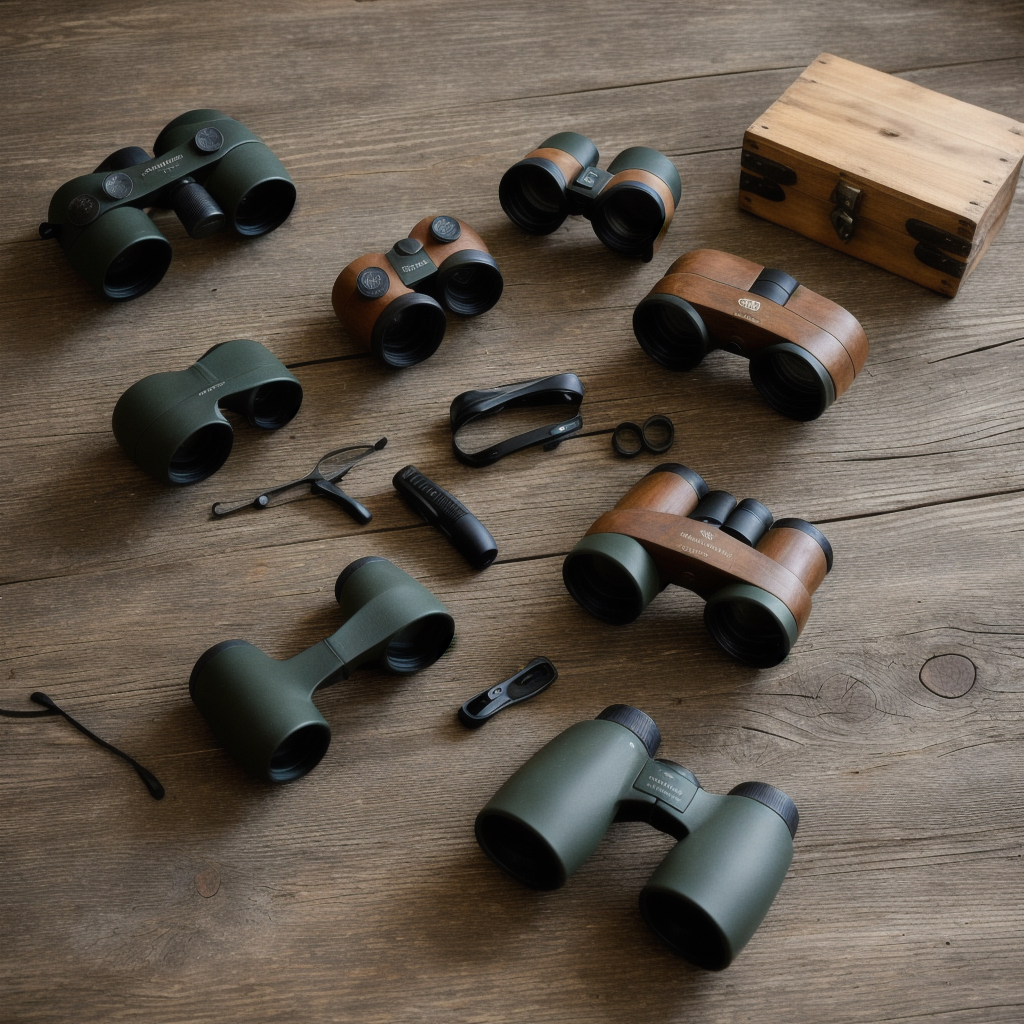
## Key Points
* There are binoculars for every type of activity. Examples include bird-watching, night gazing and even baseball spotting
* Price ranges can vary significantly, with low-end models starting at just a few bucks, and high-end models maxing out in the thousands
* The specifications of the binoculars, including magnification, field of view, and objective lens size, are crucial to consider
* The quality of the optics, including the type of glass and optical coatings used, have a significant impact on image quality
* Physically testing the binoculars to assess the level of comfort, size, weight, and ergonomics is just as important as evaluating the specs and image quality
* There are trusted brands that specialize in sports optics, such as Nikon, Bushnell, Vortex, and Celestron. However, emerging brands are also producing innovative and competitively priced models
## Article Summary
Binoculars: Not Just For Sneaking A Peek At The Neighbours
In our world of get-out-there-and-explore, the humble binocular is a solid buddy. Whether you’re playing Sherlock in the backyard or scrutinizing the fine print of life, a decent pair of binos can enhance your view and your experience.
Size (And Price) Matters
When it comes to binoculars, the price tag isn’t just a reflection of the brand’s label. Great binoculars can burn some serious cash, but they don’t come in a one-size-fit-all package. You can get your hands on a cheaper pair that does a reasonable job, and you’ll also find high-end performance-guaranteeing models that demand you rwach deep into your pockets.
It’s All a Numbers Game
When shopping for binoculars, understanding the numbers is crucial. The first digit of the specs refers to magnification: how much larger the objects will appear compared to naked-eye viewing. The second digit indicates the diameter of the objective lens. Large objective lenses capture more light so are better for low-light viewing, but they also mean larger and heavier binoculars.
All That Glitters Is Not Always Gold
The type of glass used in the optics and the finish used on the lens surface play a significant role in creating a bright, sharp, and colour-accurate image. Inexpensive binoculars use cheaper glass and lesser optical coatings, resulting in a less than spectacular image. If you’re a budding ornithologist or a hardcore nature enthusiast, splurging on good-quality optics can really make a difference.
Don’t Neglect The Feel Factor
Physically handling the binoculars before laying down your cash is of prime importance. You want a pair that feels comfortable in your hands, has easy-to-reach focus wheels, and doesn’t feel like you’re hoisting a family-sized bag of potatoes every time you want to take a peek at that falling star.
## My Hot Take
So, do you go for the budget-friendly binos from a trusted old name or opt for a posh pair from a bling new brand? My hot take is that the best pair of binoculars isn’t about the brand, price, or even the specifications – it’s about you and your needs.
A stargazer will have different requirements from a bird-watcher or a sports fan. Consider where you’ll be using your binoculars most and go from there. Also, remember that you get what you pay for, so shoot for the best your budget will allow.
If you’re serious about your hobbies, invest in a quality pair. If you’re just looking to add a little magnification to your life, there’s no need to take out a second mortgage or sell a vital organ. There’s a binocular for every pocket depth and lifestyle. After all, life’s too short for poor viewing experiences. Just make sure you’re buying binoculars for the utility they offer, not for the bragging rights. Because no one cares about how much you spent on your binos, but they’ll certainly be keen to know what you’ve spotted with them!